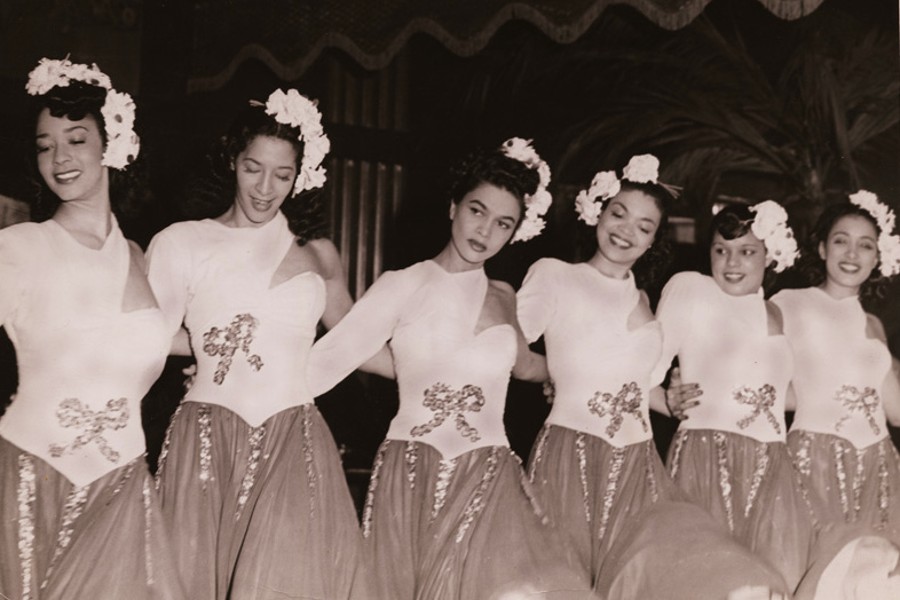
By Bretton Love
The world of filmmaking is a mesmerizing blend of art and technology that has captivated audiences for over a century.
From the silent black-and-white classics to the blockbuster hits of today, the process of bringing a film to life is a complex and thrilling journey. From the initial concept to the final cut, every step in the filmmaking process is crucial in shaping a compelling narrative and delivering a memorable cinematic experience.
Production: Transforming Vision into Reality
The production phase is where the magic happens. This is when the crew comes together on set to bring the script to life. The director, cinematographer, and production team work collaboratively to capture each scene, carefully considering camera angles, lighting, and sound. During the production phase, filmmakers can utilize sound stage rentals at BLT Studio to create stunning and immersive sets that brought the story to life. The art department creates visually stunning sets, costumes, and props, while the makeup and hair teams ensure the actors look their best on screen. This phase requires meticulous attention to detail, coordination, and adaptability, as unexpected challenges may arise on set.
The Pre-production Phase
Of course, before a single frame is captured, the pre-production phase sets the stage for a successful film project. This stage involves extensive planning, including scriptwriting, casting, location scouting, and creating a budget. The script acts as the blueprint for the film, dictating the characters, dialogues, and overall storyline. Casting the right actors and actresses brings the characters to life, while location scouting ensures the perfect backdrop for the story. Additionally, a carefully constructed budget helps manage resources effectively and sets realistic expectations for the production team.
Post-production: Piecing it All Together
Once the filming is complete, the footage enters the post-production phase, where it is transformed into a cohesive and compelling story. The editor plays a crucial role in selecting the best shots, arranging them logically, and adding special effects, music, and sound design. This stage allows for creative experimentation and refining of the narrative through the power of editing. The collaborative efforts of the director, editor, sound engineers, and visual effects artists are essential in bringing the film project to its final form.
Marketing and Distribution
After the film is complete, the marketing and distribution phase is essential to ensure its success. This stage involves creating promotional materials, such as trailers, posters, and press kits, and strategically planning the film’s release and distribution. Film festivals, premieres, and online platforms play a crucial role in generating buzz and attracting audiences. Effective marketing campaigns help build anticipation and drive ticket sales or streaming views. The success of a film project often relies on reaching the right audience at the right time and leaving a lasting impact on viewers.
Collaboration and Teamwork
One of the most remarkable aspects of the filmmaking process is the collaborative nature of the endeavor. A film project involves a diverse team of professionals, each with their unique skills and expertise, coming together to bring a collective vision to life. From the director’s creative vision to the cinematographer’s technical mastery, from the actors’ powerful performances to the art department’s attention to detail, every individual plays a vital role in the success of the film. Effective communication, coordination, and respect for each other’s contributions are crucial in creating a cohesive and seamless final product. The collaborative spirit and synergy among the team members make filmmaking a genuinely remarkable and rewarding experience.
The Legacy of a Film Project
A compelling film has the power to leave a lasting impact on its viewers and even shape the cultural landscape. From thought-provoking narratives that challenge societal norms to heartwarming stories that inspire and uplift, films have the ability to evoke powerful emotions and spark conversations. They can raise awareness about important issues, shed light on marginalized voices, and bridge cultural divides. The legacy of a film project extends beyond its initial release, as it continues to resonate with audiences long after the closing credits.
The journey of creating an exciting film project is a testament to the art, passion, and dedication of countless individuals involved. From the initial concept to the final product, each stage of the filmmaking process contributes to the creation of a captivating and memorable cinematic experience. The pre-production phase sets the foundation, the production brings the vision to life, post-production weaves it all together, and marketing and distribution ensure its reach to the world. Through collaboration, teamwork, and the power of storytelling, filmmakers have the opportunity to leave a lasting impact on audiences and culture. So, the next time you find yourself sitting in a darkened theater, ready to be transported to another world, take a moment to appreciate the incredible journey behind the creation of the film you are about to witness.
- How To Choose The Right Corporate Travel Management Provider For Your Business?
- How Having A Dog Can Enhance Your Overall Mental Health
- 10 Tips To Maximize Your Air Conditioner’s Efficiency
- New Gear For Fall On The Rise For You And Your Harlem Home
- NYIC Launches ‘New York Proud’ Public Art Campaign Celebrating Immigrant Stories Across NYC
Become a Harlem Insider!
By submitting this form, you are consenting to receive marketing emails from: Harlem World Magazine, 2521 1/2 west 42nd street, Los Angeles, CA, 90008, https://www.harlemworldmagazine.com. You can revoke your consent to receive emails at any time by using the SafeUnsubscribe® link, found at the bottom of every email. Emails are serviced by Constant Contact









